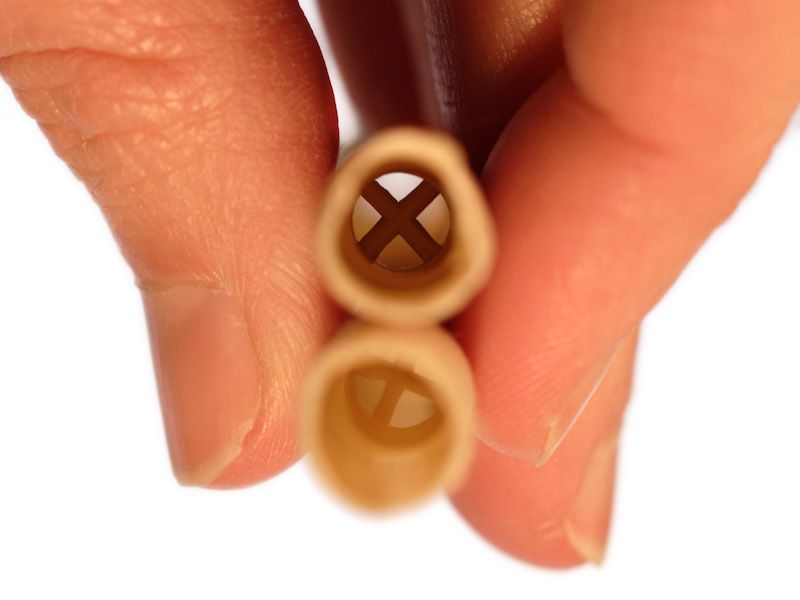
There’s a lingering belief in some groups that a practice known as “ear candling” is a good way to minimize your earwax. Is ear candling effective and what is it?
Earwax Candles, is it Effective?
Spoiler alert: No. No, they don’t.
Why then, does this piece of pseudo-science keep burrowing its way into the minds of otherwise reasonable people? It’s hard to say with much precision. But the more you discover about earwax candling, particularly the risks involved, the more likely you can make an informed choice (even if the sensible choice is pretty obvious).
Earwax Candling, What is it?
So here’s the basic setup: Maybe you’re not sure how to remove all your accumulated earwax. You know you aren’t supposed to use cotton swabs (which is good, cotton swabs are not an ideal way to clean out your ears, in most cases). So you start looking for a substitute and stumble on this technique called earwax candling.
Here’s how earwax candling allegedly works: By inserting a candle into your ear (wick side out), you cause a pressure differential. The wax inside of your ear, then, is pulled outward, towards the freedom of the open world. Theoretically, the pressure differential is enough to break up that may be log-jamming in your ear. But cleaning your ears this way can be dangerous.
Why Isn’t Ear Candling Effective
This practice has several problems, like the fact that the physics simply don’t work. It would require a significant amount of pressure to move earwax around and a candle is not capable of creating that amount of pressure. Also, a candle doesn’t have the type of seal necessary to sustain pressure.
Now, the candles that they use in these “procedures” are supposedly special. All of the wax that was in your ear can be found inside the hollow portion of the candle which can be broken apart when you’re done with your 15 minutes of ear candling. The only issue is that the same detritus shows up in both burned and unburned candles. So the entire practice amounts to fraud.
Scientific research has been unable to prove any benefit associated with earwax candling.
So Earwax Candling Doesn’t Work, But How Safe is it?
So, you may as well give it a shot, right? Well, any time you get hot candle wax around your ears, you’re asking for trouble. Look, it’s quite possible that you may try ear candling and walk away completely unscathed. Lots of people do. But there are definitely hazards involved and it’s definitely not safe.
The negative impacts of ear candling can include:
- You could cause significant injury when you mess around with an open flame and possibly even put your life in danger. You wouldn’t want to burn your house down, would you? Getting rid of a bit of earwax isn’t worth that amount of danger and risk.
- Extreme burns to your inner ear. When melted candle wax gets inside your ear, it can lead to severe hearing issues and burns. In the most extreme cases, this might permanently damage your hearing.
- Once the wax cools down it can block your ear canal. This can cause temporary hearing loss or, in the most extreme cases, require surgery.
You Can Keep Your Ears Clean Without Needing a Candle
In most situations you will never even have to be concerned about cleaning earwax out. That’s because your ears are really pretty good about cleaning themselves! Nevertheless, there are a few people who will have abnormally heavy earwax production or accumulation to deal with.
If it happens that you have excessive earwax there are practices that have been proven to work safely. You could try a fluid wash, for example. Another option would be to consult a hearing care professional for an earwax cleaning.
Cotton swabs are definitely not the way to go. And open flames are not good either. Earwax candling is a technique that has no benefit and will put your ears, and your entire person, at considerable risk of injury and damage. So perhaps it’s time to put away those special candles